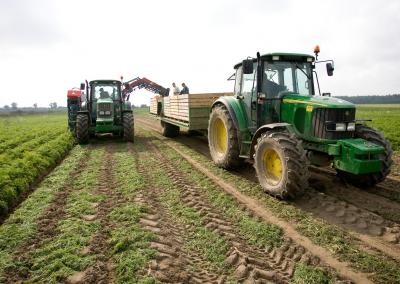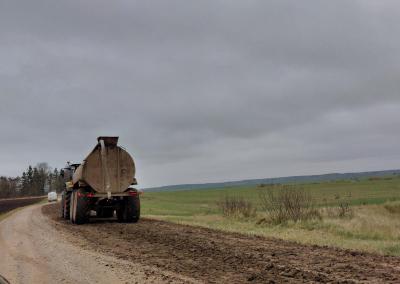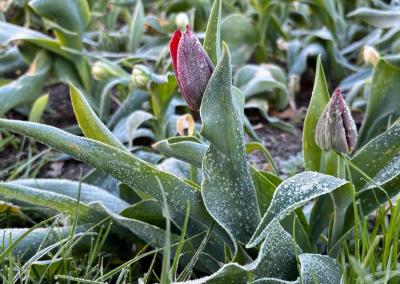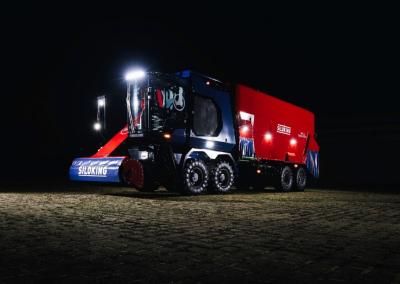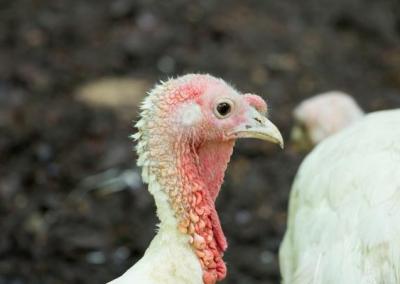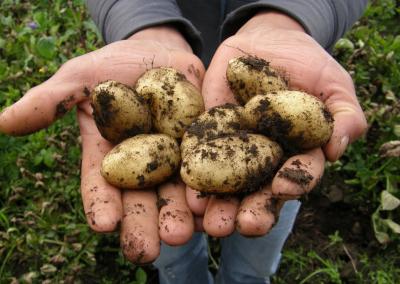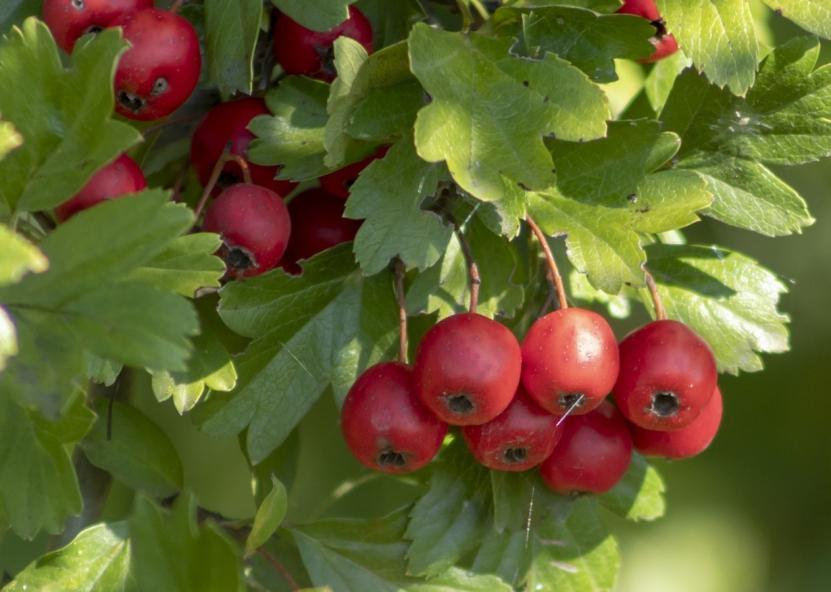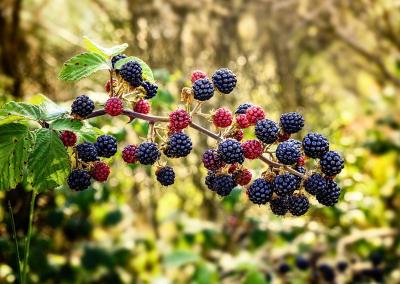Planting tubers in autumn
Clover can grow in the garden as a hedge and as a source of useful fruit. The red fruits of hawthorn contain vitamin C, A, K (carotene), sugar, pectins, catechins, beneficial acids and other trace elements needed by the body. The properties of hawthorn are highly appreciated by many culinary experts and the vitamins and trace elements are used for medicinal purposes (teas, etc.). It is used to treat neuroses, cardiovascular diseases, hypertension, insomnia and to lower blood pressure.
The mushroom is resistant to frost and drought. This is why it takes root quite well in almost all climates, except in extremely wet and swampy areas. In autumn, hawthorn is planted from mid-September to the second week of November.
Where to plant hawthorn
The ideal location for hawthorn health and growth is a sunny spot, otherwise problems with flowering and fruiting may occur. It is also important to protect the plant from strong winds, which can damage the tender shoots. The hawthorn is intolerant of waterlogged areas and standing water, so it is best planted away from the water table.
The hawthorn likes heavy and fertile soils. The root system of the shrub is powerful, long and strong. Before planting hawthorn, it is a good idea to test the soil using an acidity meter. If the soil is acidic, lime or dolomite flour will need to be added to the planting hole to adjust the pH.
Preparing the planting hole for plantingWhen choosing a hawthorn seedling, you should look for signs of a healthy plant. The plant should be at least 1 year old. This will guarantee survival. The root system should be developed for its age, intact and moist. If the hawthorn is sold with unfolded leaves, then they must be free from white plaques or spider webs.
The trunk of the plant must be smooth and intact. It should be free of traces of fungal diseases and insect damage. The bark must be smooth and shiny. The sapling should have 2-3-4 skeletal branches.
Preparation of planting holes for hawthorn
The depth of the hole should be sufficient for a comfortable root arrangement of the seedling, but the depth depends on the purpose of the planting. To grow hawthorn as a hedge, dig a hole 50 cm deep and 50 cm wide. If you plan to plant several shrubs, the distance between them should be at least 2 m.
If the hawthorn is to be grown for its useful fruit, then the hole should be 60-70 cm deep and 50 cm wide. It is advisable to plant open-rooted seedlings in the autumn for better establishment.
To plant a hawthorn seedling with a closed root system in a pot, the hole should be dug according to the size of the pot. Before planting, the hole should be filled with water, the root ball of the seedling placed in the hole, covered with soil and moistened again.
It is useful to prepare a mixture of soils to be placed in the planting hole to ensure that the soil has the necessary elements. The mixture consists of sod, humus (rot), peat compost, sand (all in a 2:2:1:1 ratio). A little lime and phosphorus meal may be added. The drainage at the bottom of the pit can be made of broken bricks or rubble (20 cm layer) and 5 cm of sand on top.
Planting a seedlingPlace the seedling in the hole so that the root collar and the surface of the ground are at the same level. The roots are carefully arranged and straightened. The prepared soil mixture is poured over them. The remaining voids between the roots must be filled with the soil mixture.
After planting, be sure to water the hawthorn seedling. Apply a layer of peat moss around the diameter of the trunk circle. Good hawthorn fruiting starts in 5-7 years.
Maintenance of Hawthorn
Watering During the warm season, it is sufficient to water the hawthorn once a month. Up to 20 litres of water per bush is needed. The exception is the dry months. In dry weather, water as needed, but at least 2 times a month. A few days after watering, the forearm circle is loosened. This helps to prevent excess moisture from stagnating at the roots. The loosened soil can be mulched.
Prune The main purpose of pruning is to get rid of damaged, diseased and broken branches. Care should be taken to avoid overly dense crowns. Pruning is carried out in spring. When hawthorn is grown as an ornamental tree, formative pruning is carried out. When pruning, leave one third of the shoot.
Fertilisation 3 times a year: in spring before leaf emergence, before flowering and in autumn when the fruit ripens. The tree responds best to organic fertiliser. In spring, before flowering, it is advisable to fertilise the hawthorn with liquid slurry.



